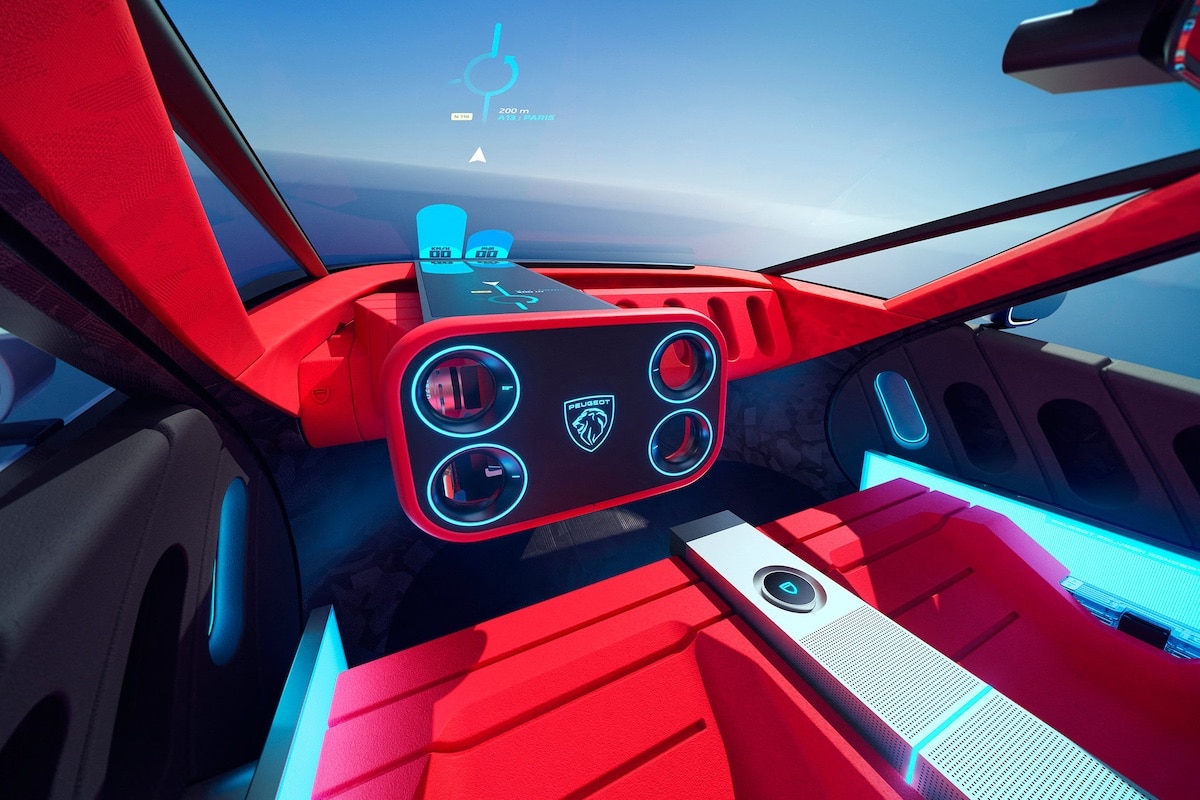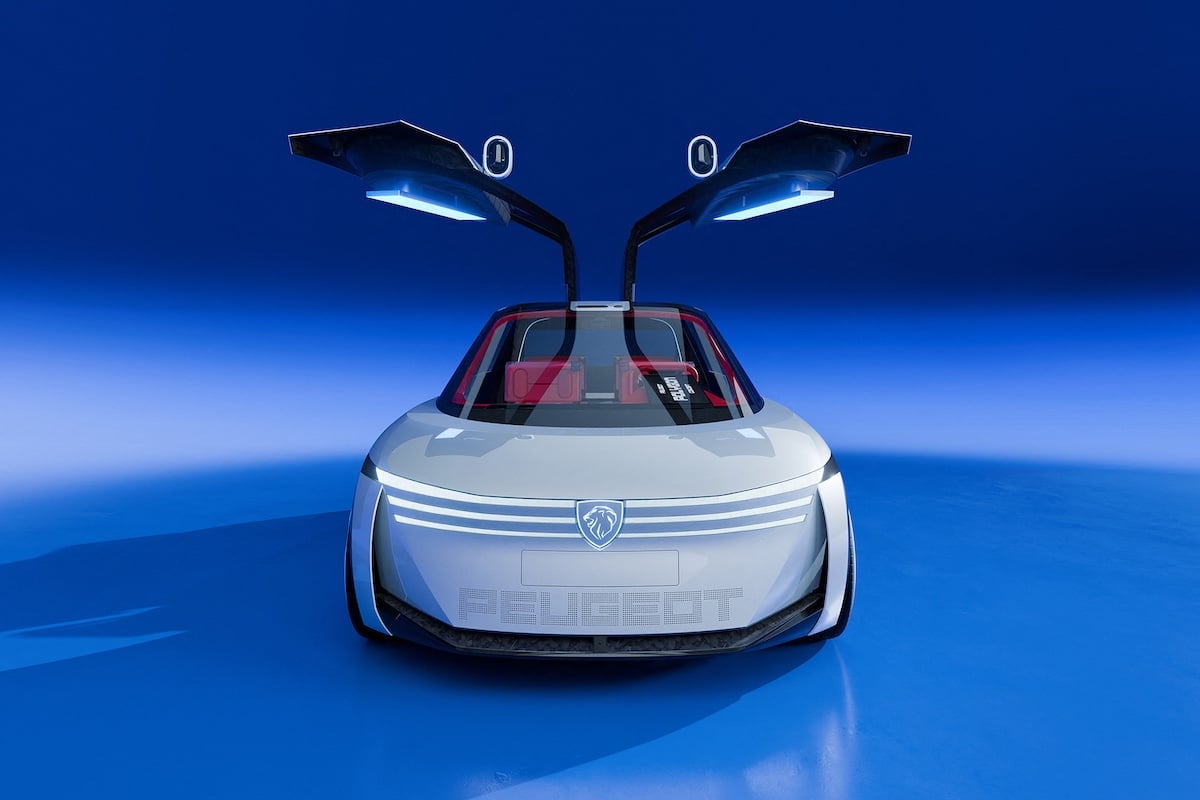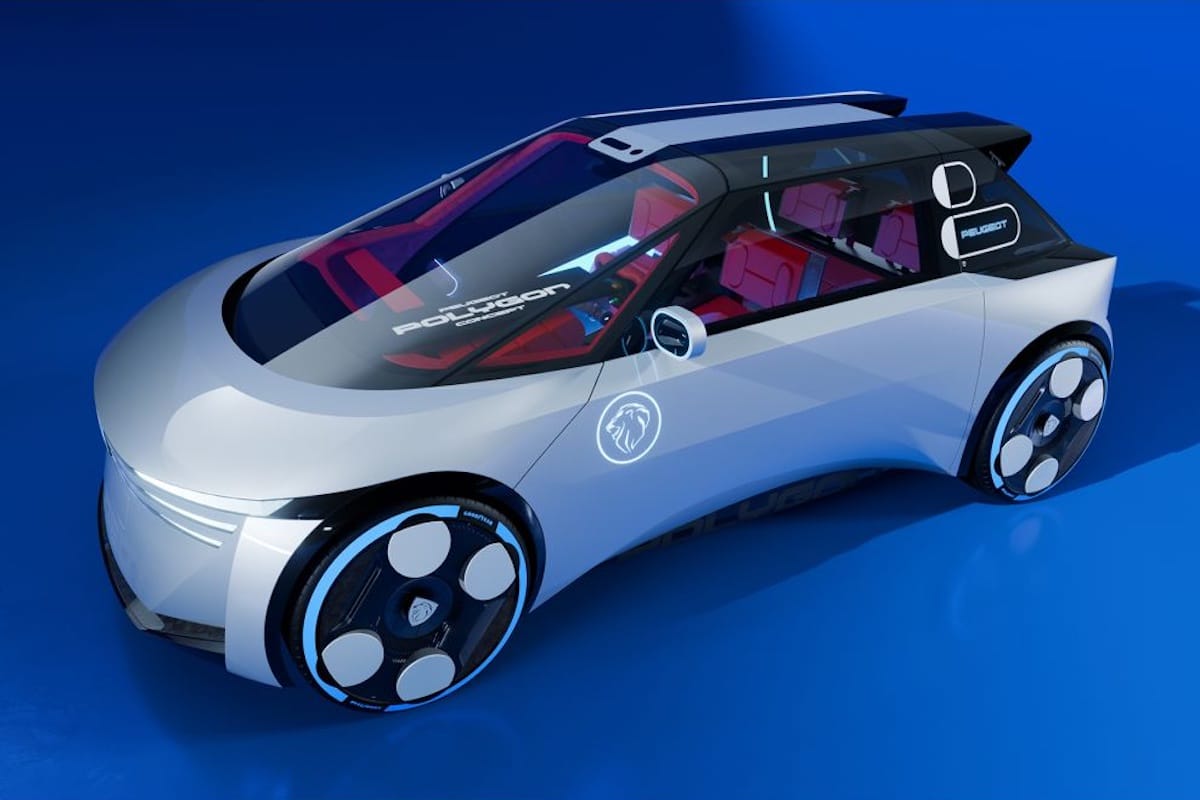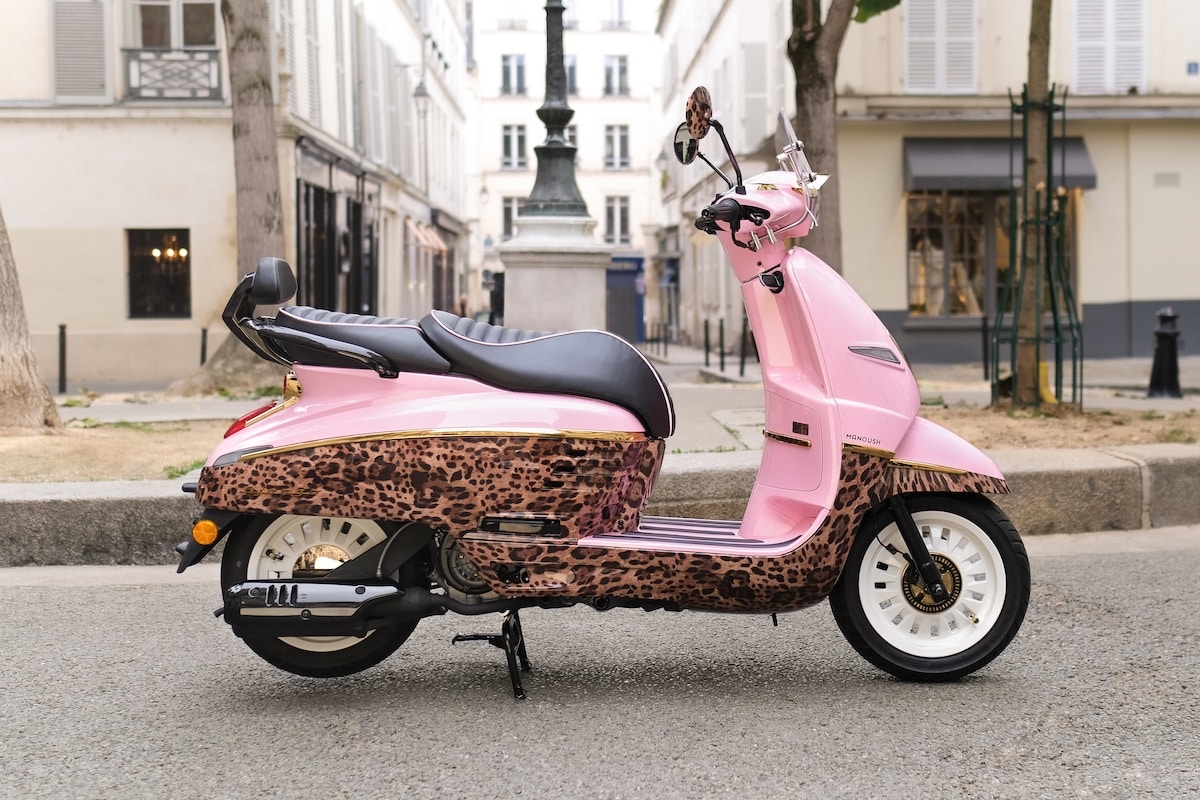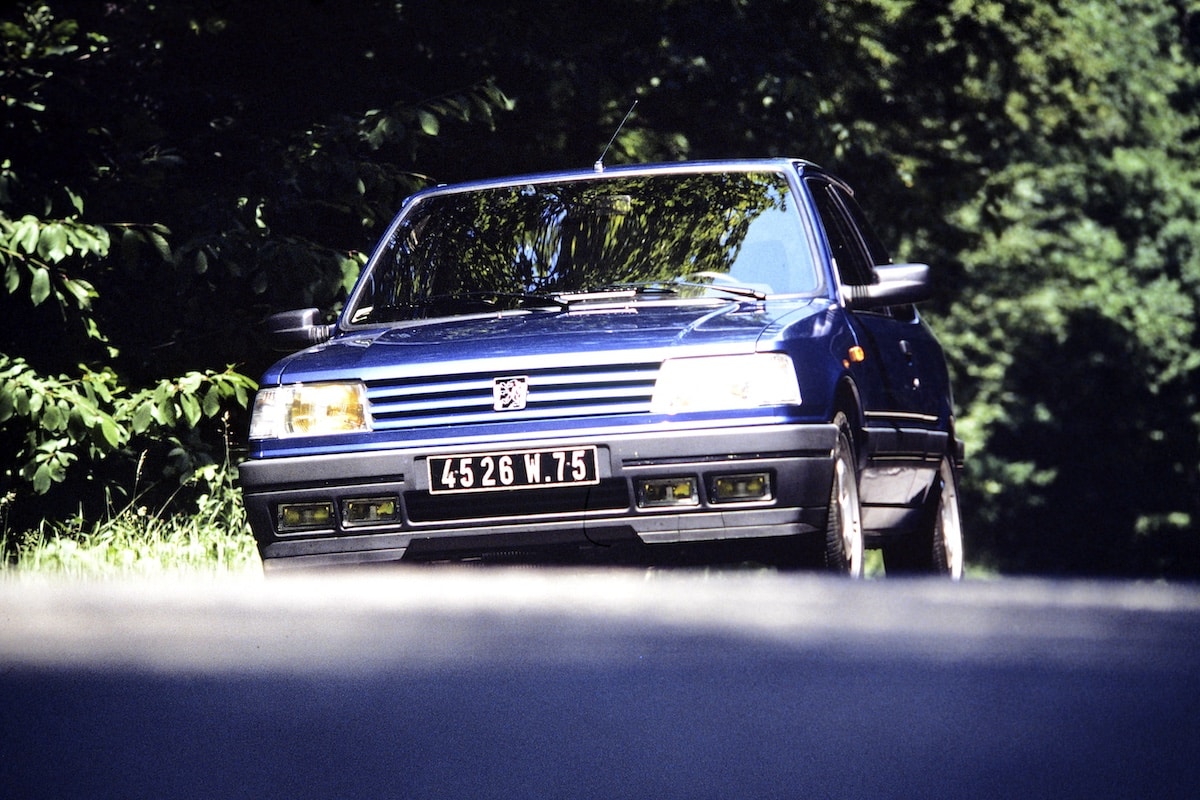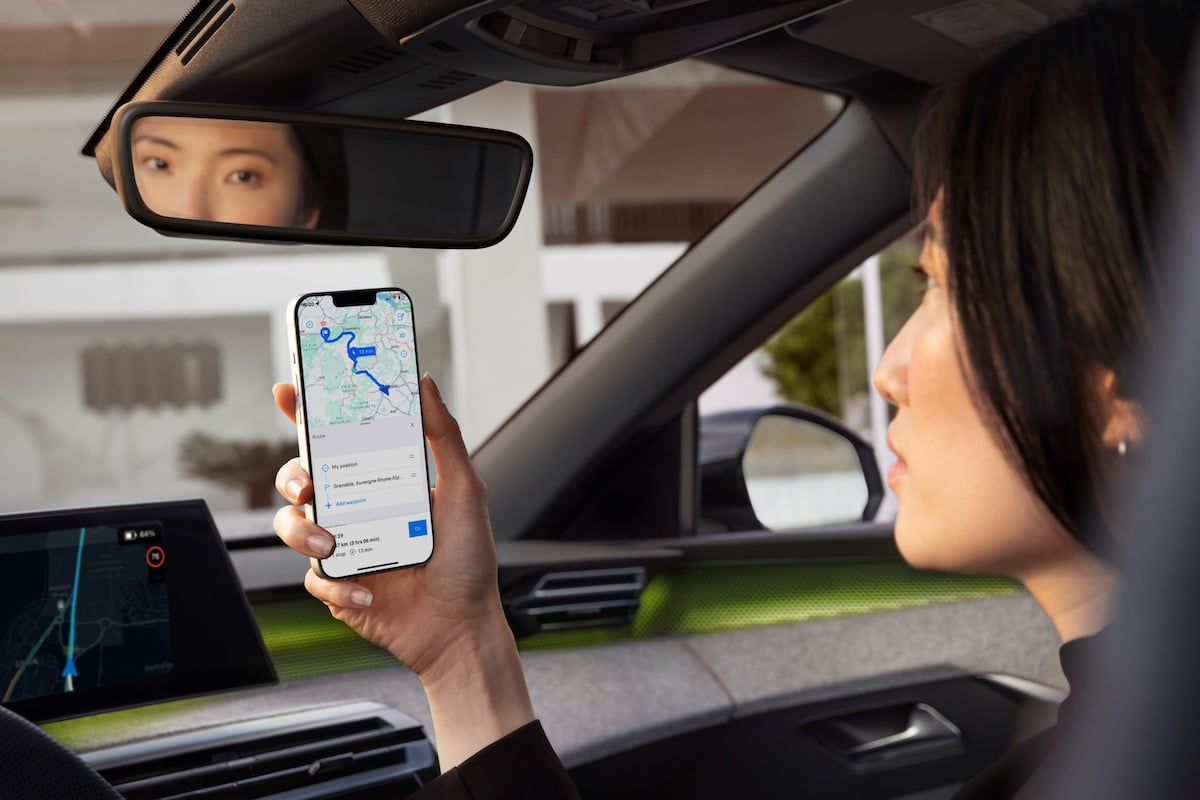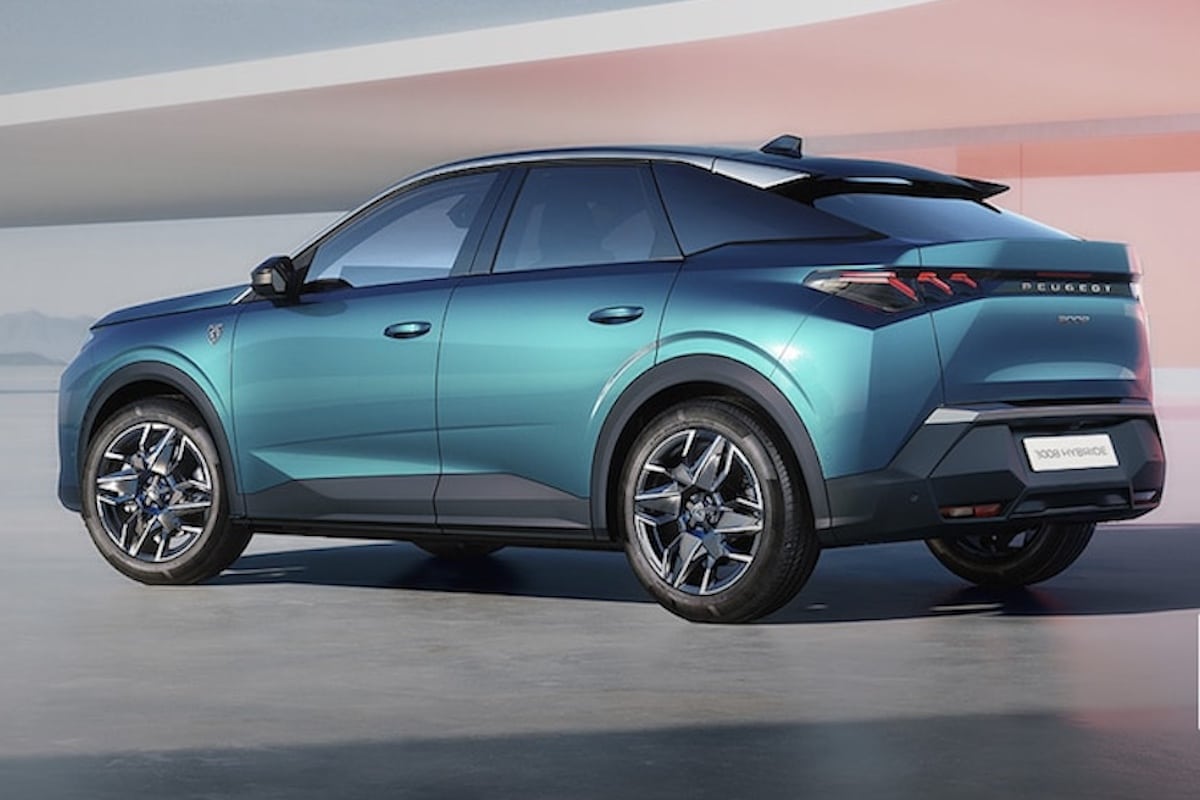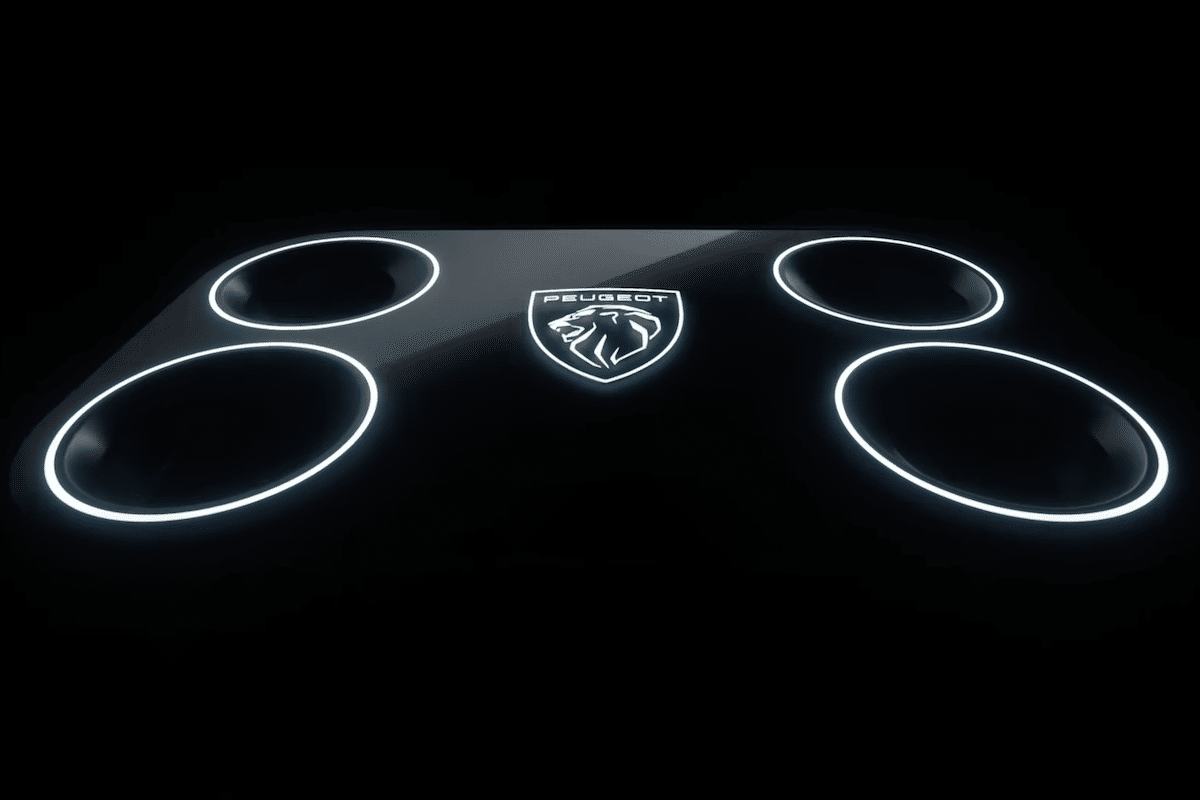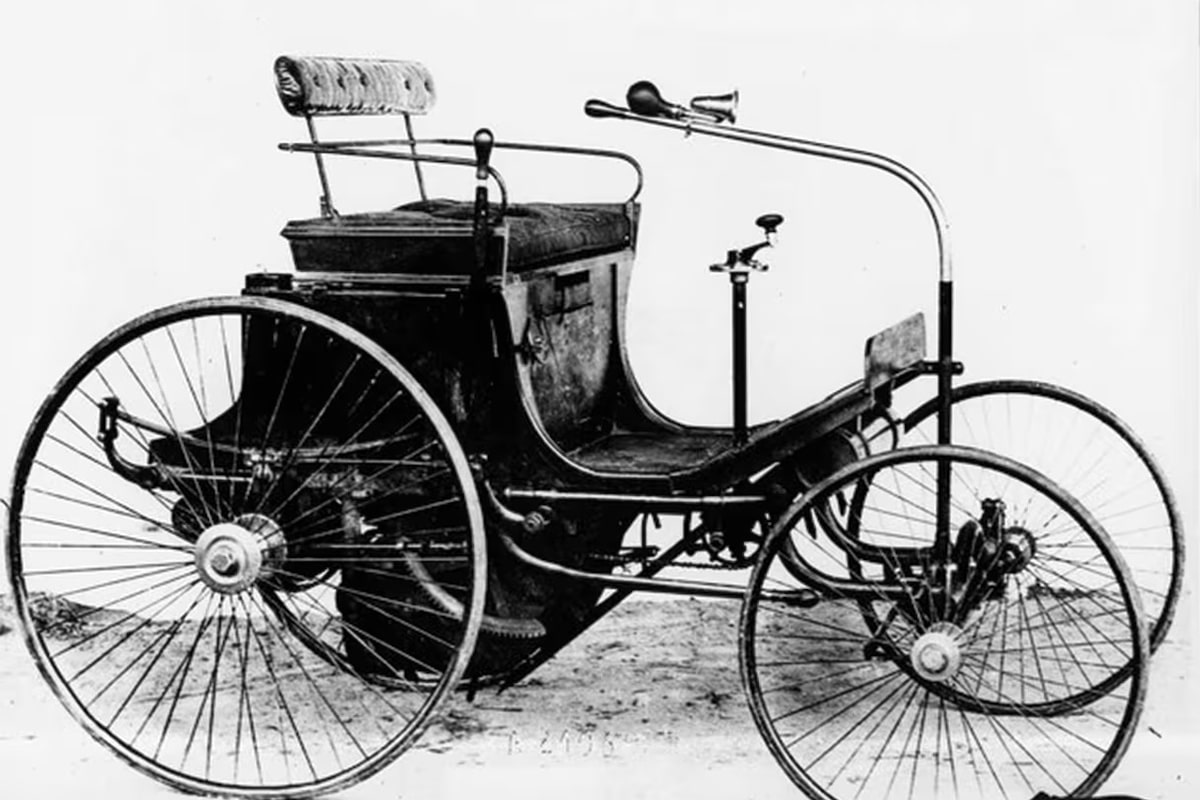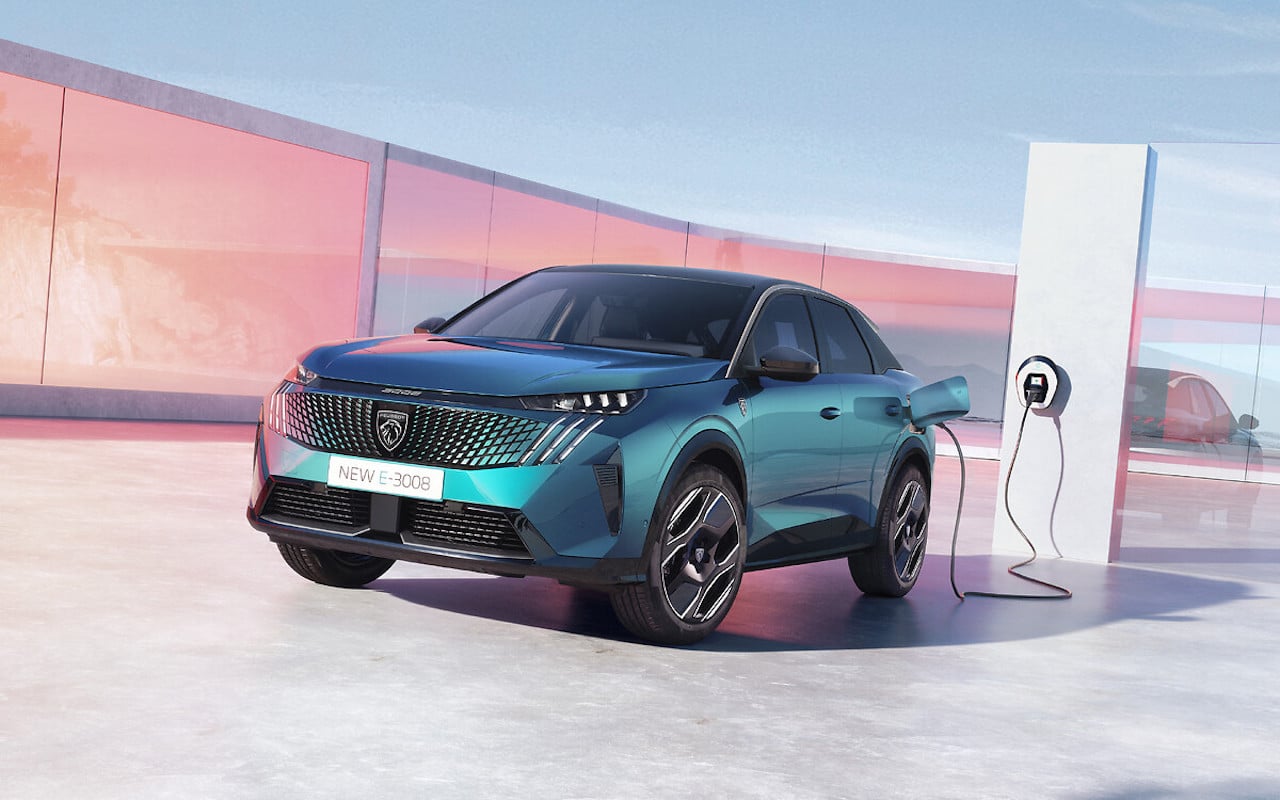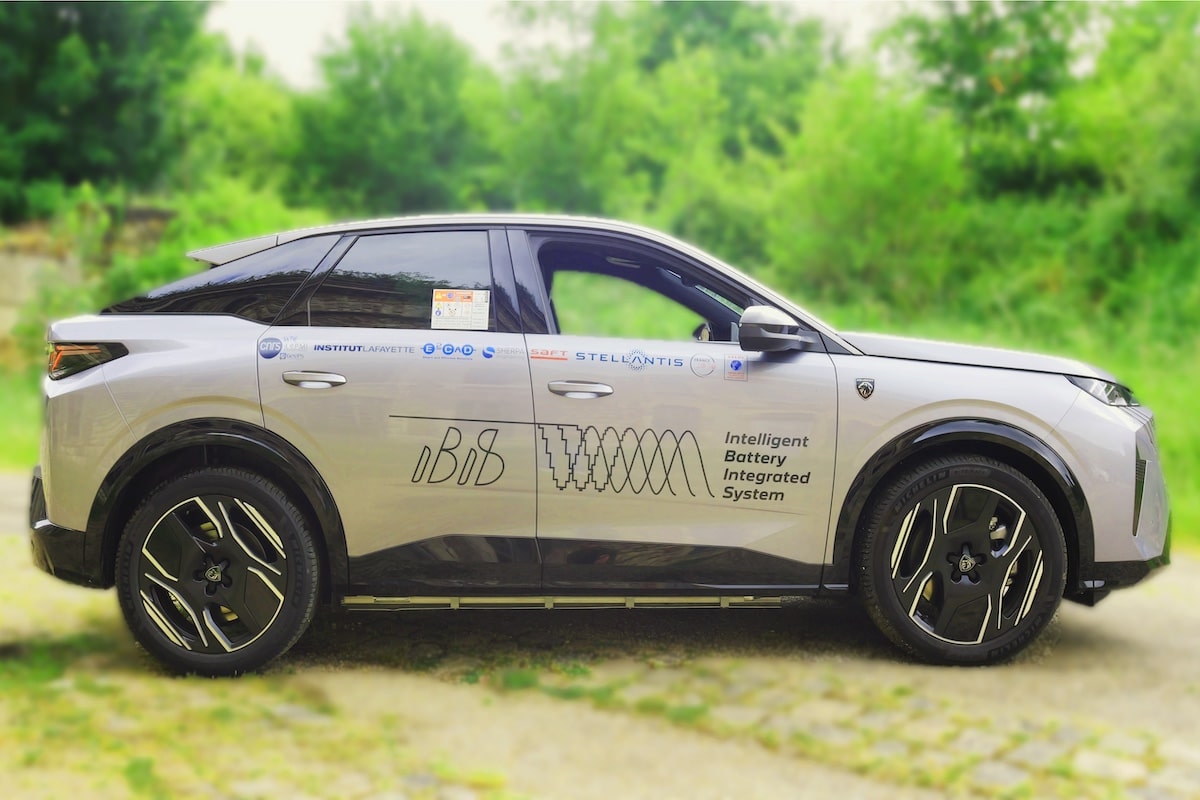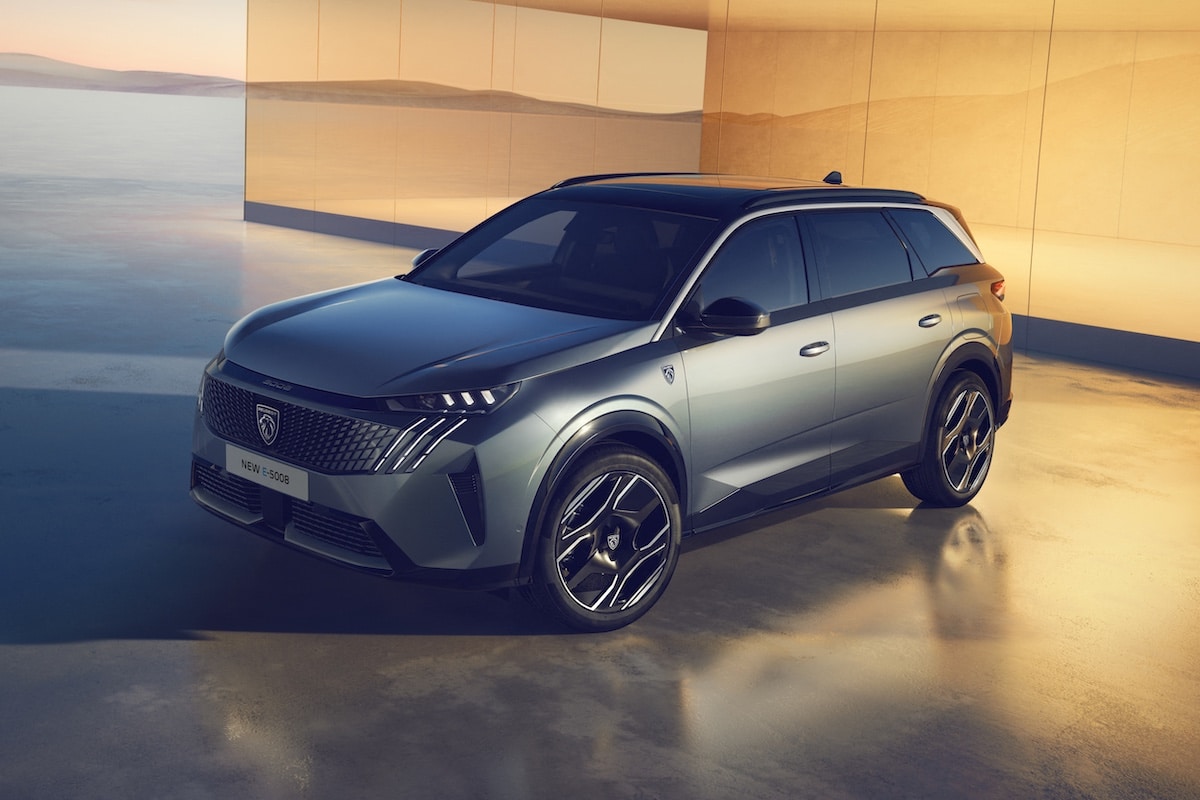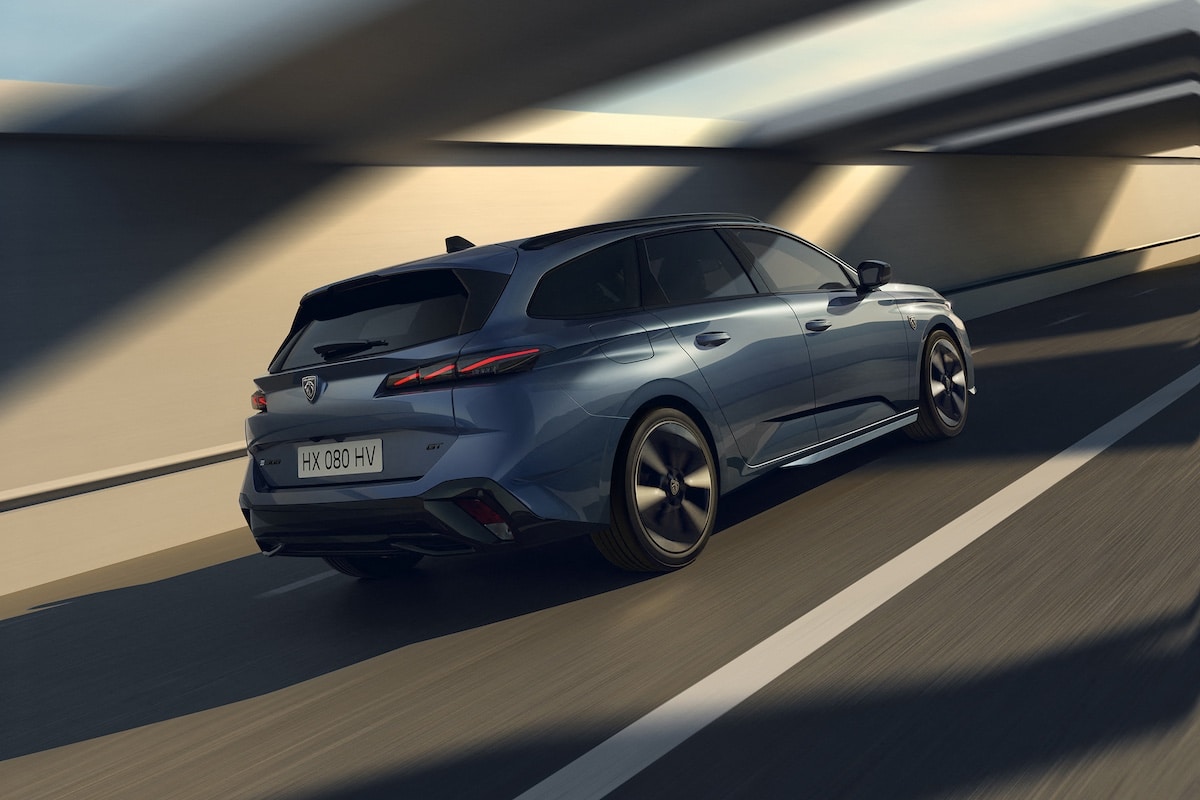Peugeot
The models of the brand: Peugeot
After many years without an electric car, the iOn took over as the brand’s true first modern model. This small city car, measuring less than 3.50 m, was a clone of the Mitsubishi i-MiEV and the Citroën C-ZERO. It was available from 2010 to 2020, marking 10 years for the Peugeot iOn.
Its small 14.5 kWh battery only provided a real range of 100 km. Moreover, the price exceeding 35,000 euros remained prohibitive, despite state aids.
Again, it took a long time to see new electric vehicle models emerge. The Peugeot e-208 set the brand back on the right track while awaiting the second generation of the city car. Following its debut in 2019, it offered an SUV variant, the e-2008, with similar power and range.
Initially overshadowed by its competitor, the Renault ZOE, and the Tesla Model 3, the electric 208 became the number 1 electric car in France in 2022. A facelift is imminent, and perhaps an improved range, currently at 362 km today.
Other electric cars from Peugeot include several utility vehicles like the Peugeot e-Rifter, a leisure vehicle available as the Peugeot e-Partner utility vehicle.
The Peugeot e-Expert van for deliveries and cargo transport also has a passenger shuttle variant, the e-Traveller. Finally, the large Peugeot e-Boxer utility vehicle completes the range.
Peugeot electric and hybrid vehicles
Peugeot e-208
This is the most affordable and popular electric car from the brand, which appeared in 2019. The small Sochalienne chose to deviate from the thermal 208 to offer the electric version.
Identical except for the grille and badges, it measures 4.06 meters and is suitable for versatile use with its 5 doors. However, it is only available with a 100 kW engine and a 50 kWh battery, although it still offers various equipment levels. Its charging peaks at a power of 100 kW, allowing 30 minutes to recover 50% of the energy. It prices around 35,000 € before bonuses, with many trim levels available.
Peugeot e-2008
With one more zero, this SUV indicates it derives from the electric 208. Larger and taller, it takes everything from the thermal 2008, and all the electric system from the city car.
Since its launch in 2020, the Peugeot 2008 has not evolved except for a range of 340 km (+20) thanks to electronic optimization. Its base price is around 38,500 € in summer 2022, with several equipment levels.
Peugeot e-308
It lived long as a gasoline or diesel engine car. The compact 308 sedan, 4.37 meters long, first introduced a plug-in hybrid version in its new 2022 generation.
With options of 180 or 225 horsepower, it already provided electric assistance and about 60 km of range. The electric Peugeot e-308 of 2023 finally answers the likes of Mégane, ID.3, or Leaf. It offers a single version with 115 kW of power (156 hp), and a 54 kWh battery (50 usable).
Its range is quite good, at 400 kilometers, thanks to a careful consumption of 12.7 kWh/100 km. While the hybrid 308 Hybrid starts at 38,750 € in the 180 hp version, the electric Peugeot e-308 is expected to start at 40,000 €.
Peugeot E-Rifter and E-Partner
Stellantis’s leisure vehicle is named E-Rifter in the passenger electric variant, and E-Partner in the utility vehicle. Available in Standard (4.41 m) and Long (4.76 m) versions, this model exists in both thermal and electric versions.
It uses the 100 kW (136 hp) motor and a 50 kWh battery. Its range varies by version, from 263 to 268 km in the mixed WLTP cycle. Its base price was 36,400 € in 2022, and it may thus be subject to the full national ecological tax.
Future Peugeot electric cars
At the end of 2023, the manufacturer will inaugurate a new platform for electric cars from the Stellantis group, STLA Medium. This will bring a whole new electric Peugeot e-3008, larger than the e-2008. This family SUV of about 4.40 meters will be the first of a family with Citroën, Jeep, and DS models.
Introduction
La marque Peugeot réfère à plusieurs sociétés, dont la première fondée au début du 19ème siècle, et dont celle désignant le fabriquant de véhicules ayant début ses activités en 1896.
Marque principale du groupe automobile Stellantis, incluant Citroën Fiat ou encore Jeep, Peugeot est un des acteurs principaux de l’industrie automobile, avec 1,2 million de voitures vendues en 2021.
La marque de voitures Peugeot s’illustre par les modèles de route. Ils incluent les légendaires 203, 404, 205 et l’actuelle star est la 208, dont la voiture électrique Peugeot e-208.
La gamme s’articule autour de plusieurs catégories, dont les citadines type 208, la berline compacte 308, la berline routière 508 ainsi que les SUV. Chez les SUV Peugeot, on trouve le plus compact Peugeot 2008, le familial 3008 et enfin le grand 5008. Il faut y ajouter le catalogue véhicule utilitaire. Peugeot vend des modèles de toutes tailles pour professionnels, dont le Partner, l’Expert et le Boxer mais aussi leurs versions de véhicules électriques.
Présentation de la marque : Peugeot
Le nom Peugeot a démarré dès 1810 avec la fabrication de divers objets, avant de passer à l’automobile en 1896. parmi les membres de la familles C’est donc Armand Peugeot qui fonde le constructeur de voitures à Sochaux, qui deviendra le n°1 automobile en France. Suite à la Seconde Guerre Mondiale, la firme au Lion est choisie comme la marque généraliste, et perd sa couronne derrière les deux autres grandes marques françaises que sont Citroën et Renault.
Auparavant au sein du groupe PSA (Peugeot Société Anonyme), Peugeot fait désormais partie du groupe Stellantis depuis 2021 après la fusion avec Fiat-Chrysler (FCA Automobiles).
En 1942, la VLV (Voiture Légère de Ville) est une petite voiture deux places électrique et découvrable. Ces performances sont modestes, mais suffisent aux professionnels l’ayant utilisée durant la Seconde Guerre Mondiale. Puis un demi-siècle passe sans aucune nouveauté de véhicules électriques, avant la 106 Electric.
Peu de monde la connait, mais c’est pourtant une des pionnières de la voiture électrique moderne. La Peugeot 106 Électrique lancée en 1995 a écoulé pratiquement 10 000 unités jusqu’à sa disparition en 2003.
Elle était principalement à destination des professionnels via sa configuration 2 places et 3 portes, même si une 4 places existait. Son autonomie dépassait à peine 80 km via des batteries nickel-cadmium (Ni-Cd), atteignait 90 km/h au maximum et son chauffage passait par… un réservoir à essence !
